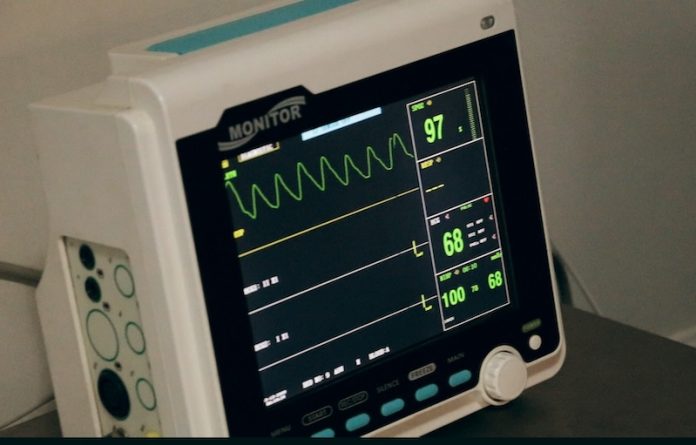
Pacemakers are crucial medical devices used to regulate and maintain a healthy heart rate. However, traditional and wireless pacemakers have limited battery life, typically lasting between six to 15 years.
Replacing the battery of a wireless, or leadless, pacemaker is a complex and invasive procedure, especially since leadless pacemakers reside entirely within the heart.
This study presents a promising solution to extend the battery life of leadless pacemakers by converting mechanical energy from the heart’s natural movements into electrical energy.
The Mechanics of Energy Conversion
The lead author of the study, Dr. Babak Nazer from the University of Washington, explains the concept of converting mechanical energy into electrical energy.
This principle leverages the interconnectedness of mechanical and electrical energy, akin to how ultrasound converts electrical voltage into sound or pressure.
Researchers aimed to apply a similar approach to implantable medical devices, allowing them to transform the heart’s oscillating pressures into voltage, thus prolonging battery life.
Understanding Traditional vs. Leadless Pacemakers
Traditional pacemakers employ tiny wires, or leads, connected to the heart to monitor its rhythm and provide electrical stimulation when necessary.
These leads link to a generator with a battery, usually placed under the skin near the left shoulder. In contrast, leadless pacemakers are compact, all-in-one devices that are inserted directly into the heart’s right ventricle through a vein in the leg.
While leadless pacemakers offer advantages in size and implantation, their batteries cannot be easily replaced.
The Study’s Key Findings and Methodology
The researchers designed and tested three prototype devices, aiming to harvest mechanical energy from the heart’s natural movements.
These prototypes were similar in size to commercially available leadless pacemakers and were approximately one-third the size of a AAA battery.
The study employed a cardiac pressure simulator to mimic the heart’s oscillating pressures, simulating conditions within the right ventricle.
The prototype devices were placed within this simulator, set to match a heart rate of 60 beats per minute. Researchers recorded the energy generated by the prototype devices in response to these simulated heartbeats.
The most successful prototype demonstrated the ability to harvest approximately 10% of the energy required for the next heartbeat, based on average pacemaker output.
Future Directions and Potential Impact
The study’s promising results suggest that by optimizing materials and fabrication methods, energy harvesting efficiency can be improved.
The researchers plan to conduct long-term, in-vivo experiments to validate their findings and ensure the safety and durability of the technology.
Collaborating with major pacemaker manufacturers is also on the horizon to incorporate this energy-harvesting design into existing leadless pacemakers.
Ultimately, this innovation has the potential to significantly extend battery life, reduce the need for frequent replacements, and benefit younger patients who may require multiple pacemakers throughout their lives.
Implications for Healthcare and Patients
Pacemakers play a crucial role in managing heart conditions, and the development of pacemakers with extended battery life can improve patient care and quality of life.
Smaller, longer-lasting leadless pacemakers could reduce the number of procedures required and enhance the overall patient experience.
The American Heart Association’s Heart Disease and Stroke Statistics for 2023 indicate the substantial impact of pacemaker procedures, making advancements in this field especially significant.
Conclusion: A Promising Step Towards Prolonged Battery Life for Pacemakers
This proof-of-principle study introduces an innovative approach to address the limited battery life of leadless pacemakers.
By harnessing mechanical energy from the heart’s natural motions, researchers aim to create more efficient and longer-lasting pacemaker devices.
While further research and development are needed, this study represents a significant advancement in improving the lives of individuals with heart conditions who rely on these life-saving devices.
If you care about health, please read studies that vitamin D can help reduce inflammation, and vitamin K could lower your heart disease risk by a third.
For more information about health, please see recent studies about new way to halt excessive inflammation, and results showing foods that could cause inflammation.
Follow us on Twitter for more articles about this topic.
Copyright © 2023 Knowridge Science Report. All rights reserved.



